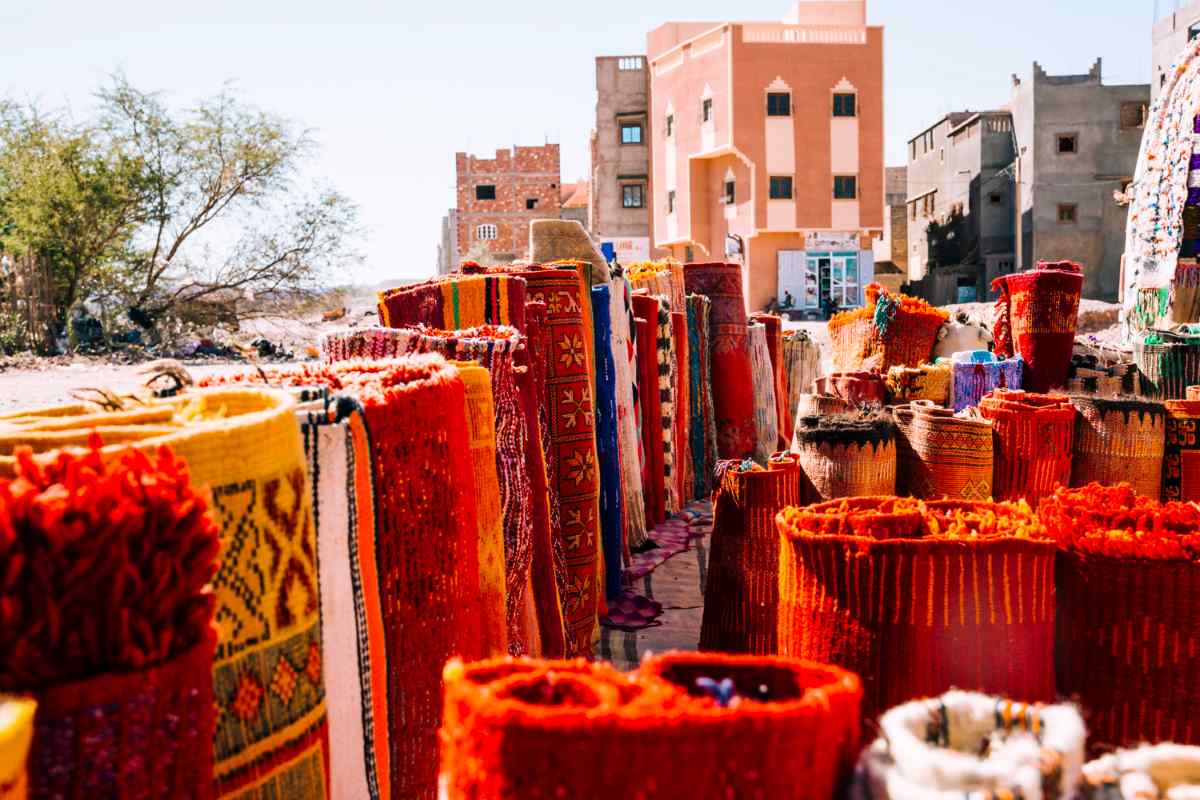SHOP SMOKING
OUR ONLINE SHOP HAS ARRIVED
DISCOVER OUR SWEATSHIRTS, T-SHIRTS WITH EXCLUSIVE DESIGNS AND MUCH MORE
SHOP SMOKING
OUR ONLINE SHOP HAS ARRIVED
DISCOVER OUR SWEATSHIRTS, T-SHIRTS WITH EXCLUSIVE DESIGNS AND MUCH MORE

We are sure you have heard about the Ketama drums, especially if you are interested in the world of hash and its curious production methods.
Ketama is a city in the Al Hoceïma Province of Morocco. It is the home of traditional Ketama drums.
But why are they so famous? The reality is they have always been known in Morocco as traditional musical instruments. However, nowadays they are also used to produce hash!
In this part of Morocco, hash is produced to the rhythm of Ketama drums, and it has become a worldwide phenomenon.
Contents
A general view is that the stars aligned to bring Ketama drums and hash together.
Firstly, the use of these instruments is an ancient technique only seen in this part of the world.
It is by pure coincidence that Ketama has the perfect landscapes for hash production, with vast valleys, waterways, and irrigation canals. The weather conditions favor the growth of Indica seeds, known for their sweetness and density.
The result? The hash in Ketama grows like nowhere else on the planet! And the highly effective use of Ketama drums is one of the most original production techniques used around the world.
The use of Ketama drums in Morocco may seem to be a relatively simple technique, however it is steeped in culture, tradition, and craft, all of which has been passed down through the generations.
The aim of the process is to use the drum to extract the dried pollen and then work with it to achieve the desired quality.
The outcome? An exceptional hash that is relatively quick to produce and which maintains all of its natural properties, as it is a traditional percussion based process.
The hash you put into your favorite smoking paper or smoking cones may appear to be the epitome of relaxation, but it is created through one of the most rhythmical and lively production processes known to man.
The crafting of Ketama drums is not related to hash production. They have been around for far longer, and have been traditionally used for generations in this region.
They have even been around for longer than us! That’s not easy as this year Smoking Paper is celebrating its centenary year and we have got a lot of surprises and activities prepared for you. Don’t miss out!
The generational craft of these drums means that they are a traditional and key part of Ketama’s culture.
The instruments are used to produce a range of products at different rhythms, and are not necessarily solely used in hash production.
They are handmade from wood and leather, and their shapes and sizes can vary depending on personal preference. However, as they are widely used in the hash industry, they tend to be quite large in order to generate more rhythmical friction between the cannabis buds.
The use of sticks and branches is quite self-explanatory, at least in terms of the materials used. Despite all this, only the real Ketama drum experts know how to identify or create these “accessories” to ensure that have the perfect properties to extract as much dry pollen as possible.
There is no certain way of telling when the Ketama drums first appeared in this region of Morocco. They may have always been there.
Today they are a part of its cultural traditions and, while they are undeniably tied to hash production, they are also a part of the rich artistic history of this area.
Tourists from all over the world are captivated by the incessant rhythms of the Ketama drums, which can be heard on a daily basis in this part of Al Hoceïma.
